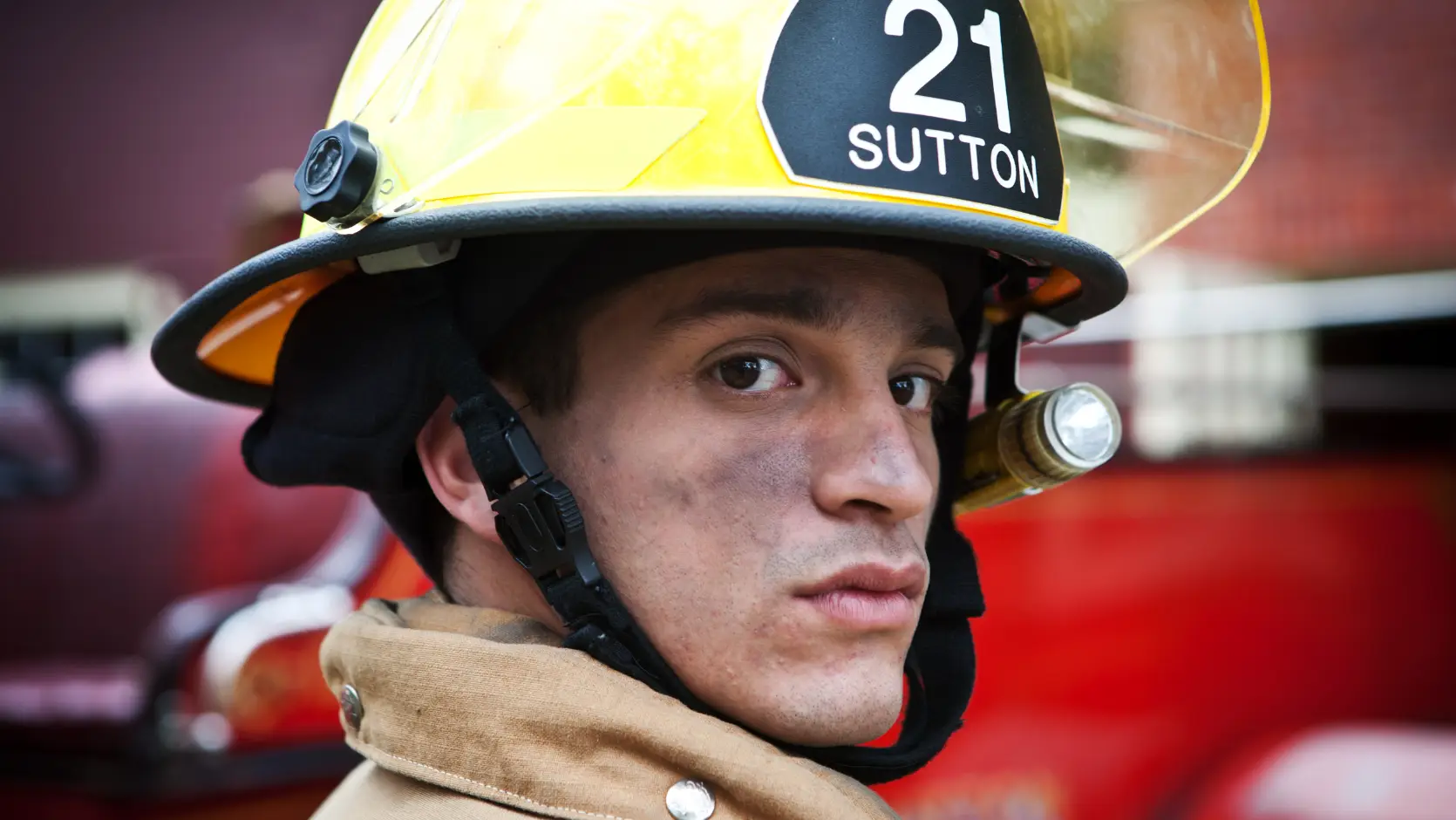NSW firefighters face a higher cancer risk than the general population and they need to be aware there are special avenues for them to claim workers compensation entitlements.
Cancer risk for firefighters significantly higher than for general population
A study by Monash University found the overall cancer rates for full-time firefighters were significantly higher than the average in the Australian population, particularly among those with over 20 years of firefighting experience. (Please see Final Report Australian Firefighters’ Health Study, Monash University, December 2014.)
The 2014 study found the incidence of prostate cancer among long-serving male firefighters, even among part-time firefighters, was higher than in the general population. The same was observed for melanoma, kidney and other cancers in both male and female firefighters.
Research has suggested these increased rates of cancer among firefighters may be linked to the foam they have used for many years to suppress fires. It could also be due to exposure to toxic chemicals while fighting a fire.
Legislation makes it easier for firefighters to claim compensation
Because of this increased cancer risk, it has been made easier for firefighters to claim workers compensation entitlements and support if they have been diagnosed with any of 12 primary cancers.
These include leukaemia, testicular, bladder, kidney, prostate, ureter, breast, colorectal and oesophageal cancers, non-Hodgkin lymphoma, multiple myeloma and cancer of the brain.
Eligibility of firefighters to claim compensation for cancer
To qualify under the legislation for workers compensation for cancer, the eligible firefighter must have worked for a certain period, usually fifteen years, but only five for leukaemia or brain cancer. (Please see the NSW Workers Compensation Legislation Amendment (Firefighters) Act 2018.)
The firefighter must have worked for either Fire and Rescue NSW, Rural Fire Service, National Parks and Wildlife, Forestry Corporation or Sydney Trains. (Please see Workers compensation reforms for firefighters, State Insurance Regulatory Authority, 19 December 2024.)
If any firefighter suspects they may have contracted cancer that could be due to their work, they would be advised to consult a lawyer with expertise in personal injury law to get the best possible settlement and assistance.
In Sinclair v State of New South Wales (Fire & Rescue NSW) [2024] NSWPIC 75, a firefighter was able to demonstrate that his six years working with Fire and Rescue NSW was a substantial contributing factor to his prostate cancer diagnosis, despite not meeting the qualifying service period.
Compensation for general public affected by firefighting foam or toxic chemicals
In Australia the general public do not have the same easy access to workers compensation for cancers arising from exposure to fire suppressant foam or toxic chemicals.
However, in 2023 the federal government agreed to pay $132.7 million to communities polluted by toxic firefighting foam used on defence bases. The total payout to exposed communities has risen to $344 million. (Please see Commonwealth settles $132.7 million class action over PFAS contamination across Australia, ABC News, 15 May 2023.)
Overseas there have been billion-dollar settlements between chemical companies and public water authorities, and there are calls to tighten laws governing the production and use of these so-called forever chemicals, or PFAS. (Please see PFAS ‘forever’ chemical laws need an overhaul – recent court rulings highlight the loopholes, The Conversation, 25 June 2024.)
While it is good news the NSW compensation law has been changed to assist firefighters who develop cancer, if an incident is not work-related, such as exposure to toxic cancer-causing chemicals from a river, you would need to show negligence by some party in order to claim compensation.
For more information please see NSW emergency service workers have their own set of workers compensation rights.














